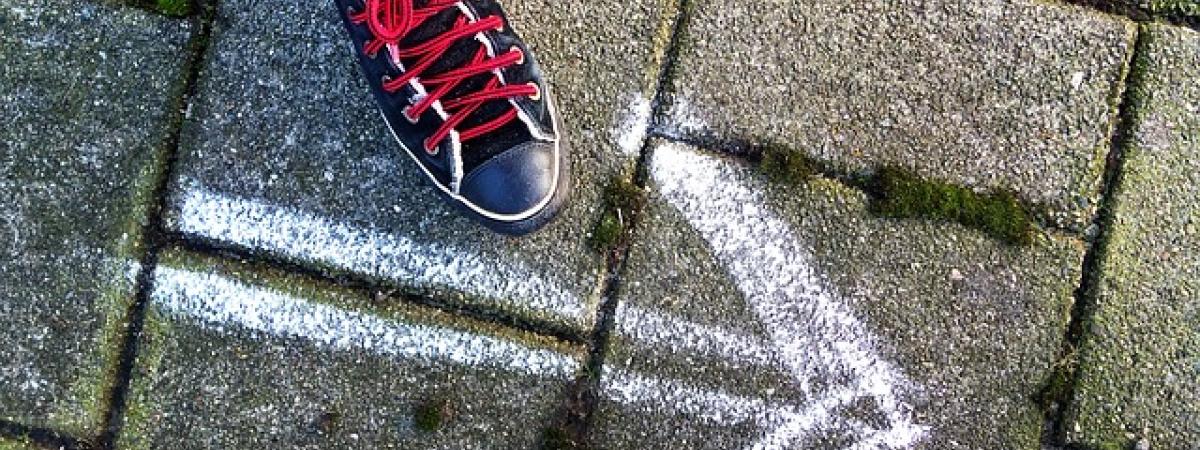Four ways to adapt as an amputee
published in Reader's Digest,
31 May 2018

When you lose your leg, adapting as an amputee can be hard. Each affected person experiences amputation differently. Let me share what I’ve seen.
Years ago, I helped a man who lost his leg following a motorbike accident outside my home. I’ve also nursed patients in hospital after amputation, spoken with scientists inventing prostheses that ‘plug in’ to the skeleton of amputees and been inspired by the mental and physical strength of a man who lost both legs to a bomb blast in Baghdad. Here’s what I’ve learnt.
Beating the pain
I’ve seen that pain can persist long after a limb is gone. When I worked on a ward for amputees, morphine was one of the main drugs administered. Some of the pain is in the stump itself; some of it is ‘phantom pain’, coming from the absent limb. Lord Nelson, the naval commander who lost an arm in battle in 1797, famously declared that his phantom pain was proof of an afterlife, since ‘if his arm could have a ghost, then so could he’.
Studies show, however, that phantom pain can be hard to placate; anaesthetics, antidepressants, antiepileptics, botox, beta blockers, tramadol and even cannabis have all been tried, as well as morphine.
‘Mirror box therapy’ is a non-drug method that has been used to treat phantom pain in landmine victims in Cambodia.
‘Mirror box therapy’ is a non-drug method that has been used to treat phantom pain in landmine victims in Cambodia. Using a mirror to reflect the still-intact leg as it moves, the ‘virtual leg’ is viewed moving and the brain tricked into thinking that the leg is not lost after all; the brain “stops panicking, and the pain goes away” (for some at least).
Fighting infection
I have seen infected stumps saved after some very unusual therapies, including maggots and vacuums.
The magic of maggots was discovered in the First World War, when it was observed that maggot-infested wounds healed more quickly, because the maggots cleared away the dead tissue and allowed healing to begin. I have applied maggots to a stump wound in a specially formulated teabag and seen good results.
In ‘negative pressure wound therapy’, a special vacuum is applied to the wound. It sucks out infected fluid and increases restorative blood flow to the area, letting healing begin.
Finding better prostheses
Traditionally, an amputee would place his or her stump inside the top of an artificial leg prosthesis and fasten it with a strap or sleeve. However, the skin at the end of the stump is at risk of becoming sweaty and infected.
Scientists at the Royal National Orthopaedic Hospital are trialling a metal implant into the femur bone that protrudes out of the end of the stump, plugging directly into the prosthesis, freeing the skin at the end of the stump from any abrasion: the prosthetic plugs directly into the skeleton.
Protruding in a similar way to an antler from the head of a deer, scientists have mimicked the deer antler in their design of the metal implant: it is porous under the skin to allow growth inside it and anchor it in place; it is smooth outside the skin to shield from bacteria.
Winning mental health battles
When I worked on a ward for amputees, it bothered me that patients were sent home whilst emotional and mental challenges still lay ahead.
The Amputee Coalition recognise that body image and self-confidence can be affected; depression and post-traumatic stress disorder may also arise. Prince Harry, in his role as Patron of the Invictus Games Foundation, acknowledges the emotional and mental challenges that may accompany physical injury. The Games also show that many have confronted and overcome these battles.
